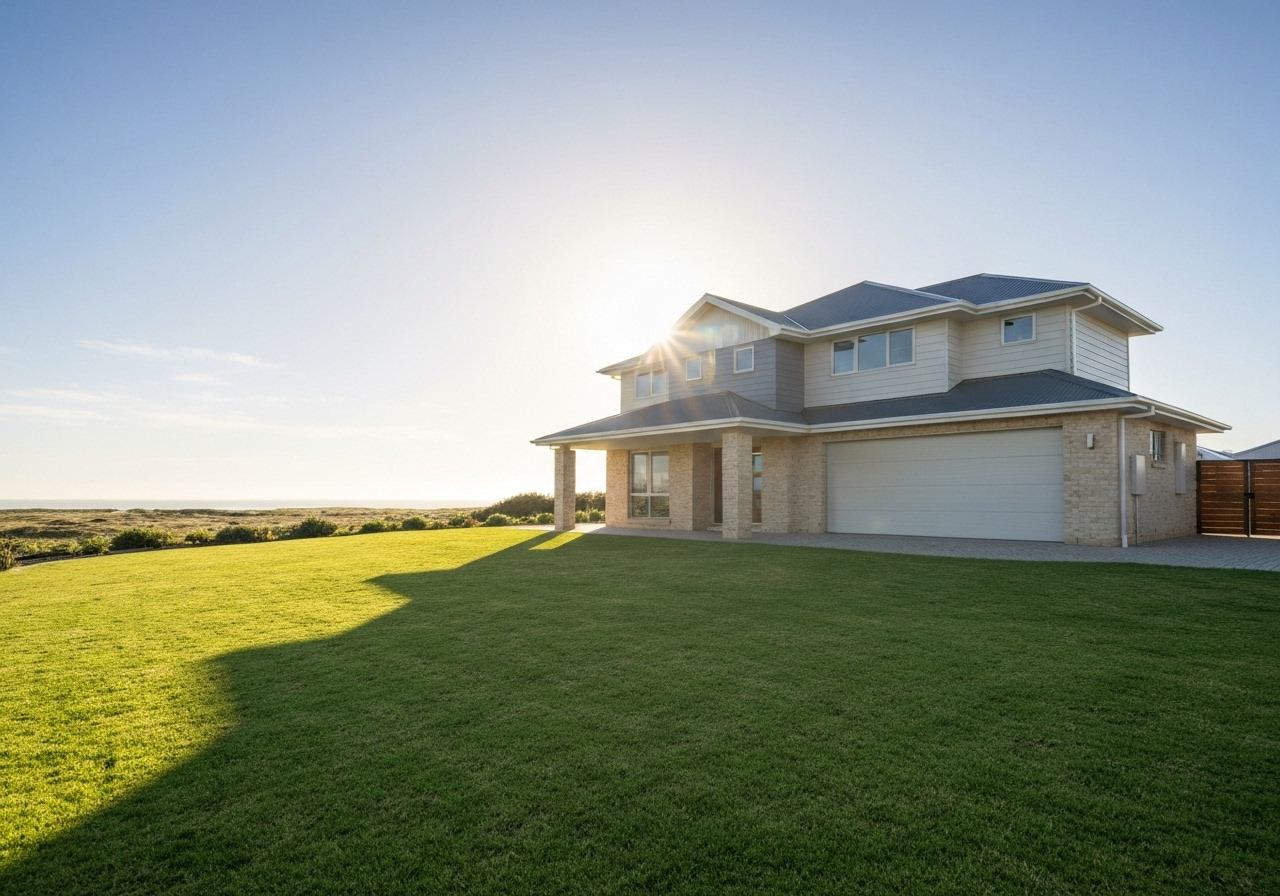Understanding Homeowners Insurance Basics: Your Guide to Protecting Your Home
Safeguarding your most significant investment requires a solid understanding of Homeowners Insurance Basics. This essential coverage provides financial protection against various perils, from natural disasters and theft to personal liability claims. Without adequate homeowners insurance, you could face substantial out-of-pocket expenses to repair or rebuild your home and replace your belongings.
Homeowners insurance is a comprehensive package policy that combines property coverage for your home and belongings with liability protection. It’s not just about protecting your physical structure; it also extends to legal responsibilities for injuries or property damage caused to others by you or your family members, including pets.
The Four Core Types of Homeowners Insurance Coverage
A standard homeowners insurance policy is typically structured around four fundamental types of coverage, each addressing a specific aspect of protecting your home and finances. Understanding these core components is crucial for ensuring you have the right level of protection.
- Dwelling Coverage: Protects the physical structure of your house and attached structures.
- Personal Property Coverage: Insures your belongings, whether they are inside your home or elsewhere.
- Liability Protection: Safeguards you against lawsuits for bodily injury or property damage to others.
- Additional Living Expenses (ALE): Covers extra costs if your home becomes uninhabitable due to a covered loss.
Dwelling Coverage: Protecting Your Home’s Structure
Dwelling coverage is the cornerstone of any homeowners insurance policy, designed to protect the physical structure of your house and any attached structures like garages, decks, or porches. This coverage pays to repair or rebuild your home if it’s damaged or destroyed by covered perils such as fire, windstorms, hail, or lightning. It also typically includes built-in appliances like furnaces and permanently installed air-conditioning systems.
When determining the amount of dwelling coverage you need, focus on the cost to rebuild your home at current construction prices, not its market value. The market value includes the land, which doesn’t need to be insured, and can fluctuate based on real estate trends. Factors influencing rebuilding costs include local construction expenses, the home’s square footage, the type of exterior wall construction, and unique features like fireplaces or custom finishes. It’s generally recommended to carry enough insurance to cover at least 80% of your home’s full replacement cost to avoid potential penalties during a claim.
Personal Property Coverage: Insuring Your Belongings
Beyond the structure of your home, personal property coverage is vital for protecting your possessions. This includes furniture, clothes, electronics, sports equipment, and other personal items if they are stolen or destroyed by a covered disaster like fire or wind. Most policies provide coverage for your personal belongings for approximately 50% to 70% of your dwelling coverage amount.
A key feature of personal property coverage is its “off-premises” protection, meaning your belongings are covered anywhere in the world, not just inside your house. However, expensive items such as jewelry, furs, art, and silverware often have specific dollar limits if they are stolen. To fully insure these high-value items, you may need to purchase a special personal property endorsement or floater, insuring them for their appraised value. Conducting a home inventory, a detailed list with photographs of your possessions, is highly recommended to ensure you have adequate coverage and to simplify the claims process.
Liability Protection: Safeguarding Against Accidents and Lawsuits
Personal liability insurance is a critical component of your homeowners policy, offering financial protection if you or a family member are found legally responsible for injuring another person or damaging their property. This coverage extends to incidents that occur both on and off your property and even includes damage caused by your pets.
For example, if a visitor slips and falls on your icy sidewalk, or your dog bites a neighbor, your liability coverage can help pay for their medical expenses and legal fees if a lawsuit arises. It also typically provides no-fault medical payments coverage for minor injuries to guests on your property, allowing for expenses to be paid without a liability claim being filed. While liability limits generally start at $100,000, many insurance professionals recommend considering at least $300,000 to $500,000 in coverage, especially if you have significant assets to protect. For even greater protection, an umbrella or excess liability policy can provide broader coverage and higher limits.
Additional Living Expenses (ALE): Coverage When You Can’t Stay Home
Should your home become uninhabitable due to a covered loss, Additional Living Expenses (ALE) coverage provides crucial financial support. This part of your policy covers the additional costs of living away from your home while it’s being repaired or rebuilt.
ALE typically reimburses you for expenses such as hotel bills, restaurant meals, and other necessary living costs that are above and beyond your usual expenditures. Coverage limits and time restrictions for ALE can vary by policy and company, so it’s important to understand these details. If you rent out a portion of your home, ALE may also cover the lost rental income you would have collected from your tenant. This coverage ensures that you and your family maintain a degree of normalcy during a disruptive time, without facing undue financial strain.
What Homeowners Insurance Typically Doesn’t Cover (Common Exclusions)
While homeowners insurance offers broad protection, it’s equally important to understand what a standard policy typically doesn’t cover. These common exclusions necessitate additional consideration and, in many cases, separate policies or endorsements to ensure comprehensive protection.
Key exclusions often include:
- Flooding: Damage from floods (e.g., overflowing rivers, heavy rainfall, storm surges) is generally not covered. Flood insurance is available separately, often through the National Flood Insurance Program (NFIP).
- Earthquakes and Earth Movement: Damages resulting from earthquakes, landslides, sinkholes, or mudflows are usually excluded. Earthquake coverage can typically be added as an endorsement or purchased as a separate policy.
- Normal Wear and Tear: Homeowners insurance is designed for sudden, accidental damage, not for routine maintenance or the gradual deterioration of your home and belongings over time.
- Neglect: If damage occurs due to a lack of proper home maintenance, the insurer may deny the claim. This often includes issues like chronic leaks or poor upkeep.
- Pest Infestations: Damage caused by termites, rodents, insects, or other vermin is typically considered a maintenance issue and is excluded.
- Mold: Coverage for mold is complex; it’s generally only covered if it’s the result of a sudden, accidental peril covered by your policy, such as a burst pipe. Mold resulting from long-term leaks or poor ventilation is usually excluded.
- Sewer or Drain Backups: Damage from backed-up sewer lines, drains, or overflowing sump pumps is often excluded but can frequently be covered with a water backup endorsement.
- Acts of War or Government Action: Damages from war, nuclear hazards, or governmental actions are generally not covered.
- Intentional Loss: Damage you or a household member intentionally cause to your own property is not covered and could be considered insurance fraud.
It’s crucial to read your policy thoroughly and discuss any concerns about exclusions with your insurance agent to identify and address potential coverage gaps.
Navigating Different Homeowners Policy Types (HO-3, HO-4, HO-6 Explained)
In the U.S., homeowners insurance policies are standardized into several forms, designated as HO-1 through HO-8, each offering varying levels of protection tailored to different living situations. While many exist, three common types you’ll likely encounter are HO-3, HO-4, and HO-6.
- HO-3 Special Form Policy: This is the most common and popular type of homeowners insurance for single-family homes. An HO-3 policy provides “open perils” coverage for the dwelling and other structures, meaning it covers all causes of damage except those specifically listed as exclusions (e.g., floods, earthquakes). For personal property, it typically offers “named perils” coverage, meaning it only covers damages from events explicitly listed in the policy. It also includes liability and additional living expenses coverage.
- HO-4 Renter’s Insurance Policy: Specifically designed for tenants, an HO-4 policy covers your personal belongings against named perils and provides liability protection for accidents that occur in your rented space. It also includes additional living expenses coverage if your rental becomes uninhabitable. This policy does not cover the physical structure of the building, as that is the landlord’s responsibility. Renters should consider this coverage to protect their possessions and personal liability.
- HO-6 Condo Insurance Policy: Known as “unit-owners form” or “walls-in coverage,” an HO-6 policy is tailored for condominium and cooperative unit owners. It covers the interior structure of your unit (from the studs in), personal belongings, and liability for incidents within your unit. The condominium association typically has a master policy that covers the building’s exterior, common areas, and sometimes the basic interior structure. An HO-6 policy fills the crucial gaps, ensuring your specific unit’s improvements, personal property, and individual liability are protected.
Other forms, like HO-1 (basic, limited coverage, rarely available) and HO-2 (broad form, more named perils than HO-1 but less than HO-3), offer less comprehensive protection. HO-5 is a comprehensive “open perils” policy for both dwelling and personal property, offering the highest level of coverage. HO-7 is for mobile or manufactured homes, and HO-8 is designed for older homes where rebuilding costs may exceed market value. Choosing the correct policy type ensures your specific property and assets are appropriately protected.
Understanding Coverage Levels: Actual Cash Value vs. Replacement Cost
When your home or belongings are damaged, how your insurance company calculates your payout significantly impacts your recovery. The two primary methods are Actual Cash Value (ACV) and Replacement Cost Value (RCV).
- Actual Cash Value (ACV): An ACV policy pays to repair or replace your home or personal property minus a deduction for depreciation. Depreciation accounts for the item’s age, wear, and tear. For example, if a 10-year-old television is destroyed, an ACV policy would pay you what a 10-year-old TV is worth today, not the cost of a new one. This often means the payout may not be enough to fully replace your property or repair the damage with new materials. For personal belongings, ACV is a common default, but it can leave a significant gap between what you receive and what you need to replace items.
- Replacement Cost Value (RCV): An RCV policy pays the cost to repair or replace your damaged property with new materials of similar kind and quality, without any deduction for depreciation. If that same 10-year-old TV is destroyed under an RCV policy, the insurer would pay you the cost of a new, comparable television. While RCV coverage typically costs more in premiums (around 10-15% more for personal property), it provides superior financial protection, ensuring you can rebuild or replace your property to its pre-loss condition without significant out-of-pocket expenses for depreciation. Most dwelling coverage is on an RCV basis, and you can often upgrade personal property coverage to RCV for an additional premium.
Some policies may also offer “guaranteed replacement cost” or “extended replacement cost.” Guaranteed replacement cost pays whatever it costs to rebuild your home as it was before the disaster, even if it exceeds the policy limit. Extended replacement cost pays a certain percentage over the limit (e.g., 20-25%) to rebuild. These options provide extra cushions against unexpected increases in construction costs after widespread disasters. When evaluating your policy, prioritize replacement cost coverage for both your dwelling and personal property to minimize your financial risk after a loss.
Factors That Influence Your Homeowners Insurance Premiums
Homeowners insurance premiums are highly individualized, determined by a complex interplay of factors that assess the perceived risk to your property and the likelihood of a claim. Understanding these influences can help you anticipate costs and potentially find ways to optimize your policy.
Key factors include:
- Property Location: Where your home is situated significantly impacts your premium. Areas prone to natural disasters (hurricanes, tornadoes, wildfires), high crime rates, or those far from fire hydrants and fire stations typically incur higher rates.
- Home Characteristics: The age, construction materials (e.g., wood frame vs. masonry), roof type and age, and overall condition of your home play a crucial role. Newer homes with updated systems and robust construction often qualify for lower premiums.
- Claim History: Both your personal claims history and the claims history associated with the specific property (even if filed by a previous owner) can affect your rates. Frequent claims often signal higher risk to insurers.
- Deductible Amount: This is the amount you pay out-of-pocket before your insurance kicks in. Choosing a higher deductible typically results in lower premiums, as you’re assuming more of the initial financial risk.
- Coverage Limits and Endorsements: The higher your chosen coverage limits for dwelling, personal property, and liability, the higher your premium will be. Adding endorsements for specialized coverage (e.g., earthquake, water backup) also increases the cost.
- Home Security Features: Installing safety and security devices can lead to discounts. This includes burglar alarms, smoke detectors, sprinkler systems, deadbolt locks, and even weatherproofing.
- Credit-Based Insurance Score: In most states, insurers use credit-based insurance scores to help predict the likelihood of future claims. A higher score often correlates with lower premiums.
- Proximity to Emergency Services: Homes closer to fire departments and police stations generally have lower premiums due to faster response times.
- Swimming Pools or “Attractive Nuisances”: Features like swimming pools or trampolines can increase liability risk, potentially leading to higher premiums.
It’s advisable to regularly review these factors and discuss them with your insurance agent to ensure your premium accurately reflects your current situation and any improvements you’ve made.
Tips for Choosing and Optimizing Your Home Insurance Policy
Selecting the right homeowners insurance policy and ensuring it remains optimal over time requires a proactive approach. By following these tips, you can secure comprehensive coverage at a competitive price, tailored to your specific needs.
- Assess Your Needs Accurately: Don’t guess your coverage amounts. Calculate the replacement cost of your home, not its market value. Conduct a detailed home inventory to accurately value your personal belongings. Consider your assets when determining liability limits.
- Compare Multiple Quotes: Rates vary significantly among insurance providers for similar coverage. Obtain quotes from at least five different companies to ensure you’re getting a competitive price. Don’t solely focus on price; evaluate the scope of coverage and the insurer’s reputation for claims service.
- Understand Policy Details: Read your policy carefully, paying close attention to inclusions, exclusions, and limits. Familiarize yourself with your deductible amounts, especially for specific perils like wind or hurricanes, which may have percentage-based deductibles.
- Consider Endorsements for Gaps: If standard coverage doesn’t meet all your needs, explore endorsements. Common add-ons include flood insurance, earthquake insurance, water backup coverage, scheduled personal property for valuables, and ordinance or law coverage to rebuild to current building codes.
- Ask About Discounts: Many insurers offer various discounts. Inquire about:
- Bundling: Combining home and auto policies with the same insurer.
- Home Security: Discounts for burglar alarms, smoke detectors, sprinkler systems, and deadbolt locks.
- New Home/Renovation: For newer construction or recent upgrades to plumbing, electrical, or roofing.
- Claims-Free: For not filing claims over a certain period.
- Age/Association: Discounts for seniors or members of certain professional associations.
- Regularly Review Your Policy: Life changes—renovations, new valuable possessions, changes in family structure—can impact your insurance needs. Review your policy annually with your agent to ensure your coverage remains adequate and to adjust for any changes.
- Maintain Your Home: Proactive home maintenance can prevent many issues typically excluded from policies, such as damage from mold, pests, or gradual leaks. This can save you from costly out-of-pocket repairs.
Why Partner with Beach Insurance LLC for Your Homeowners Needs
Navigating the complexities of homeowners insurance requires more than just understanding the basics; it demands a trusted partner who can tailor coverage to your unique needs. Beach Insurance LLC is dedicated to providing personalized service and expert guidance, ensuring your home and family are adequately protected.
We understand that your home is your most valuable asset, and our goal is to help you secure the proper coverage at a competitive price. Our experienced team researches various coverage options based on your specific requirements, then proposes insurance products that align with those needs. Whether you’re a first-time homeowner or looking to optimize an existing policy, we strive to build long-term relationships by offering the advice and support you deserve. Your security and the financial protection of your family are our main priorities, providing peace of mind knowing you have coverage you can count on when an unfortunate event occurs.
For more information on how we can assist with your personal insurance needs, including homeowners coverage, visit our personal insurance services page.
Ready to secure your home and family? Visit our Contact Us page today to get personalized homeowners insurance coverage from Beach Insurance LLC.






